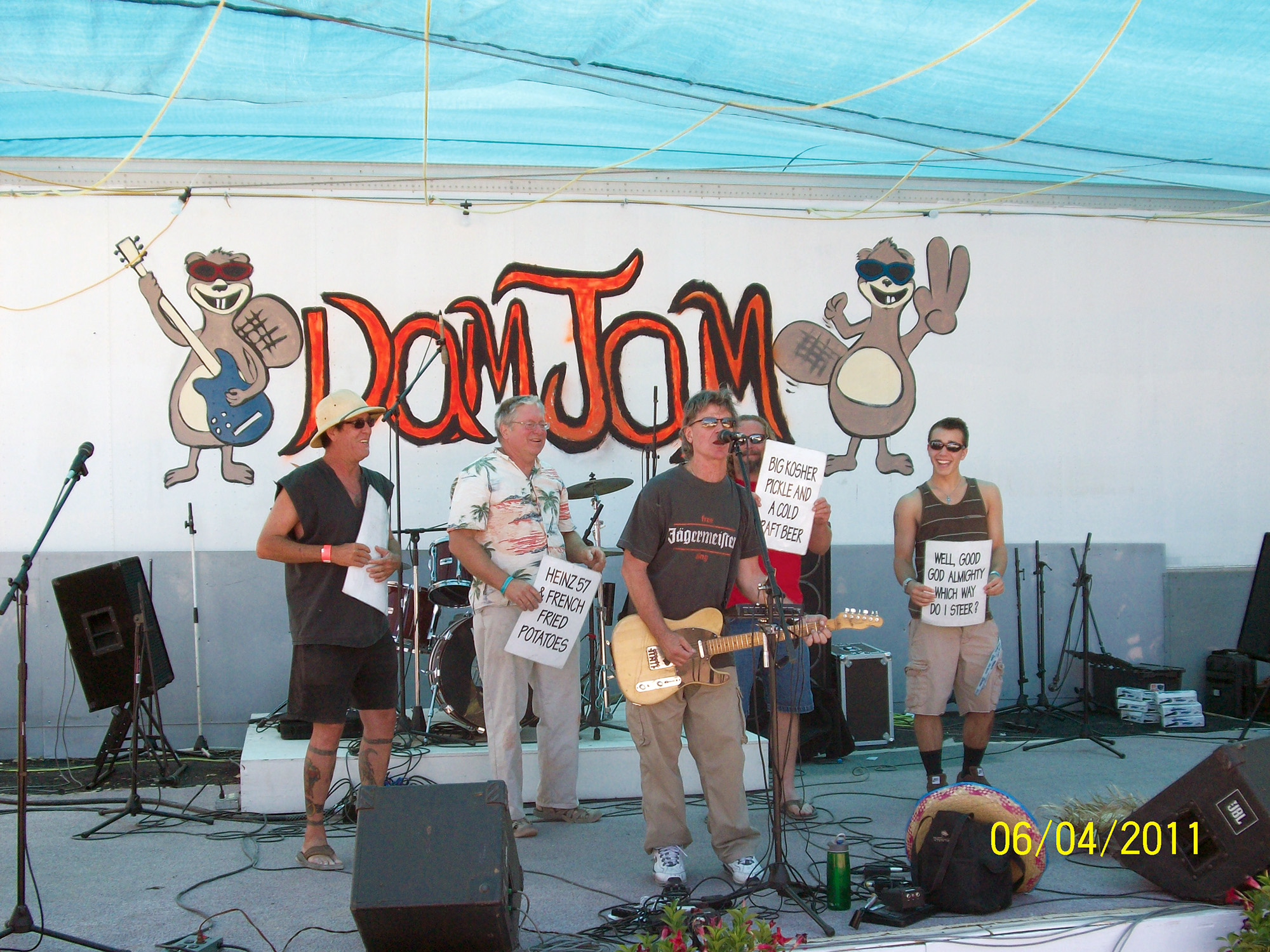
Written by Erin Zeltner
This fall, registered voters of Washington County will have the opportunity to decide whether or not to adopt a sales tax increase of one-tenth of a percent, amounting to one penny for every $10 spent by Washington County residents on non-food items. The measure, known as a RAP tax, is planned to fund recreation, arts, and parks for both public and private groups in each city of the county and is widely supported, but some controversies are in play as the tax approaches the ballot.
The RAP tax was originally conceived by St. George as a city initiative but was later moved to the 2014 ballot as a county-wide tax after it was determined that handling it as a county would be a better option to manage the funds. City officials expect that the revenue created by the tax will answer the ever-growing demands for more soccer, lacrosse, and rugby fields; for additional tennis and pickleball courts; for more trails and parks; and for a further expansion of St. George’s growing arts district.
Nuts and bolts
“We really stand to gain so much for contributions that are so little,” St. George Mayor Jon Pike said. “In our community alone, we receive requests almost every single day about people who are looking for additional parks, water features, soccer fields, new trails, and even a bicycle-skills park. We’d love to go ahead and get these projects in motion, but with the budget that we have right now, we can’t do as much as we’d like to to fulfill the needs of our residents. The RAP tax would help bridge the gap we’re currently experiencing.”
Funds resulting from the tax would be collected from each city in the county and then divided into two parts; 15 percent would be appropriated for cultural organizations, and that 15 percent would be monitored and dispensed for community art needs throughout the county by a seven-member board who would be appointed by the county commissioner’s office. Under the RAP tax agreement, money from this portion of the tax may be allotted to private arts organization via a grant, which they may apply for if the tax measure is approved.
The remaining 85 percent of the funds would then be divided and distributed among the 14 cities of Washington County, with a 15th spot for unincorporated rural areas in the county such as Pine Valley, which do not fall into city boundaries. The money is scheduled to be appropriated among the cities based on both population and point-of-sale data. Once the cities receive the funds, they would be free to dispense the funds as they see fit to improve recreation, arts, and parks in their communities. Additionally, cities would be able to issue bonds against their RAP tax gains, a helpful option for communities seeking to fund more expensive projects. Should the tax pass, it would stand for 10 years and go up on the ballot again in 2024 for renewal.
Based on last year’s sales transactions, the RAP tax would have added an additional $2.2 million to recreation, arts, and parks facilities and projects in Washington County in 2013. Looking toward projected figures for this year, Washington County cities would likely receive a boost of $2.4 to $2.5 million to fund arts and leisure services in the area.
One draw for many supporters of the RAP tax is the projection that tourists would likely contribute as much as 30 percent of the tax revenue, largely drawn from the athletic tourism the City of St. George generates for such events as the Ironman, the St. George Marathon, and the Huntsman World Senior Games. City officials in Washington County hope that the outside additional contributions would create a positive feedback loop of sorts, funding additional events to promote athletics and tourism, which in turn could generate more tourism dollars for the community.
Support for the RAP tax is widespread throughout Washington County. Arts and recreation groups have lent their support, but other residents have voiced concerns about governmental expansion or worries that the tax may go unaudited, or the funds may be mismanaged. However, Pike said the funds will be managed by the communities that receive them, not at the county level.
“A new soccer field may require additional landscaping hours, and that’s part of what we anticipate and plan for when we as cities make the decision to create recreational opportunities,” said Pike. Once the tax is in place, each city can use their discretion to distribute their gains, so long as they use the funds to benefit recreation, arts or parks. Additional employees may be added and paid from the funds. Any money accumulated from the tax would be required to be subject to the same types of auditing systems that the municipalities are currently subject to by the state of Utah.
Trouble in paradise
While the leadership of a vast majority of Washington County communities, including St. George, Hurricane, Santa Clara, Ivins, and Washington, are in support of the proposal, Springdale mayor Stan Smith isn’t part of the fan club. Smith is concerned that residents of Zion National Park’s gateway town stand to be taken advantage of under the RAP tax policy. Each year, over 2.7 million people visit the city of Springdale, he said, but because the formula for distribution favors population rather than point-of-sale data, the 550-resident community may receive the short end of the stick.
Paul Van Dam, candidate for Washington County Commissioner, has mixed feelings about the tax and shares Smith’s concerns about Springdale.
“Although I’m a conservative, fiscally, I basically support the tax,” Van Dam said. However, he said that with a little more planning, the county could have worked out a better deal for Springdale.
“I’m usually either for things like this or against them, and this tax can really benefit our communities, but Springdale runs $60.6 million in sales each year, so when it comes down to it, the town does not stand to benefit like other communities will benefit,” Van Dam said. “To me, this is an instance where I would have liked to see more time for communities to discuss options and concerns to ensure that all of the cities involved are being dealt with fairly.”
When the tax was brought to a vote at a Springdale town council meeting, council members rejected the tax. But, should the general public vote the tax in this November, it will affect all municipalities in Washington County beginning on Jan. 1, 2015, a potential which has Springdales’ leadership on edge.
“The economic impact we have on the county is huge,” said Smith, “but when you’re 550 people, you don’t have much voice in this type of vote. We obviously have a very artistic community and we could really benefit from additional funds for the development of the arts in our area, but with so few residents, we’re not going to receive the amount of funding that we should for the type of revenue that we’re bringing into the county.”
St. George steps up
On the flip side, should the RAP tax pass, small communities such as Leeds, who struggle to drum up funding for the arts, will receive more money to improve their recreation systems than they had access to before. County Administrator Dean Cox explained that by choosing to distribute funds as they have, in favor of population instead of point-of-sale, commissioners struck a compromise offering each community a favorable outcome as a whole. Cox said that from his office’s calculations, if Springdale had run the RAP tax on their own, they would have received a comparable intake to what they are projected to receive with the county-wide initiative.
Cox also explained that St. George had originally initiated the RAP tax on their own, a stance which would have resulted in St. George receiving $1.5 million per year had they proceeded independently, but the community and its administrators saw the benefit of running the tax county-wide as it provided income for small towns that do not have the type of tourism that Springdale and St. George have. In allowing the tax to run county-wide instead, St. George’s projected income from the tax dropped to $1.2 million.
Cox said he commends St. George’s willingness to share that $300,000 with more disadvantaged communities.
“The City of St. George really takes the hit here,” he said, “and they have been magnanimous by allowing this to be a county-wide effort. Certainly, there will be some slight winners and losers here, but all in all, the lake is going to fill up a little more and all of the boats will float a little higher.”
The Washington County Arts Council is eagerly waiting to see if the tax passes. They hope to be able to see progress in developing and enhancing art programs throughout the county. The board’s chair, Kim Konikow, described the potential she sees in the tax benefiting southern Utah communities.
“The most important thing that the RAP tax can do is to get funding into every municipality and every area of our county,” Konikow said. “St. George is wonderful and there are lots of artists living there, but there are artists and art groups all over the county who need funds to work in their communities. To make this work correctly, it will be important that every citizen participates by voting and then participates with their communities about how those funds get used.”
While Pike said he strongly supports the RAP tax, it won’t mean the end of the world for St. George if it doesn’t pass. “I think it’s a positive thing, for the voters to be able to elect or reject a tax. If the tax is turned down, that’s okay — it just shows us what residents really want in the communities of Washington County. In St. George, we’ll still be able to continue to do what we’ve been doing. We’ll get our recreation projects done; they will just be accomplished more slowly than we could accomplish them if we had the support of the tax.”
Both Cox and Pike explained that when other communities have voted on similar taxes, they usually pass by a small margin the first time they come up. However, when it comes to renew the tax in 10 years, which would make it permanent, communities tend to pass the tax by a landslide. Cox said that it’s easy to see the reason why.
“That second vote tells us that after municipalities have seen what this type of tax can do for their recreation experiences, they end up being very happy with the results,” he said.
ELECTION COVERAGE
Dorothy Engelman challenges Lowry Snow in District 74
Ipson, Hawker, Judd vie for Utah House District 75




